HOME » NEWS » Trends » Tourism for People with Disabilities
Tourism for people with disabilities
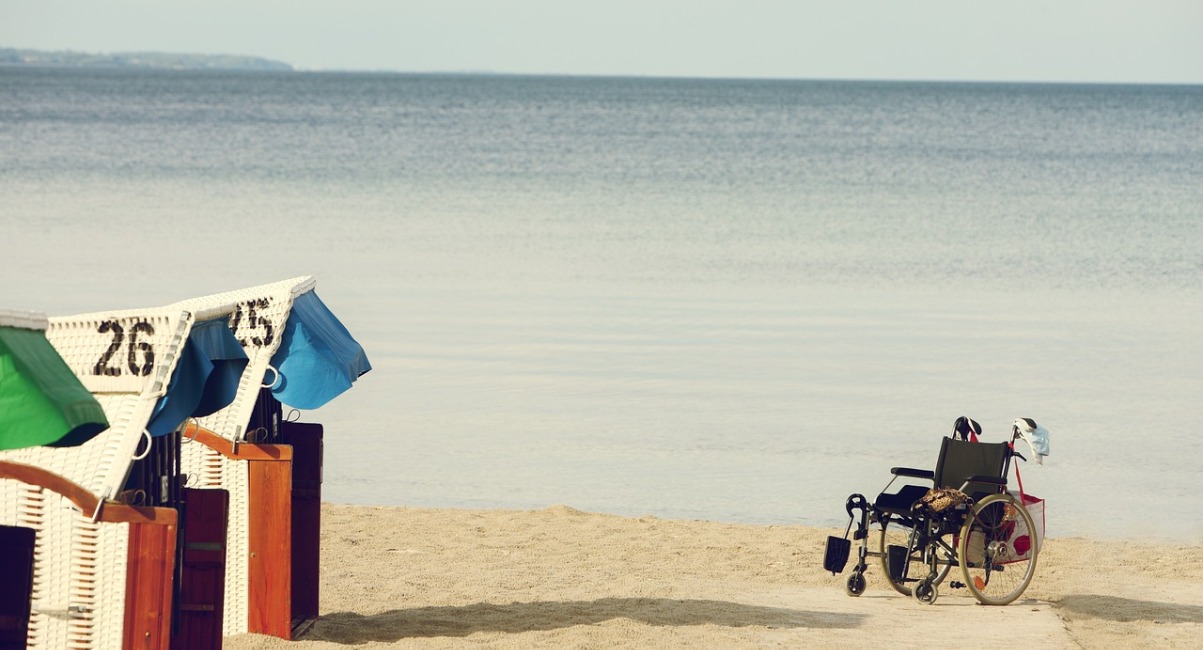
One of the main aims of tourism is to open the minds of tourists to bright and unforgettable experiences. This should clearly be accessible for people with disabilities of different nature. Such people may have difficulties with movement around, sight problems, limited hearing ability etc. These factors could have negative impact on their impressions and touristic experiences. This is why there needs to be development, popularization and propaganda of different ways of tourism that would allow people with disabilities to feel themselves full-fledged travelers. They would then get the same value from tourism as ordinary tourists. Modern tour organizations and authorities have to develop special approaches with many peculiarities and nuances in order to simplify and improve the quality of travel experience for someone with a disability.
Touristic organizations around the world work on providing conditions for people with disabilities to travel easily just like other tourists do. For example, one can see how vast this idea takes propagation just by visiting website of ENAT organization. ENAT (European Network for Accessible Tourism) is noncommercial organization, aiming at making tourism accessible for everyone. Moreover, ENAT has tight collaboration with EASPD (European Association of Service providers for Persons with Disabilities), which is also very large organization. Using mainly means of qualitative service, this association promotes a variety of equal opportunities for people with disabilities.
However, this is not the only collaboration ENAT is involved in. The challenge is so wide and important that ENAT even found mutual aims with UNWTO. UNWTO is well-known agency of Organization of United Nations, which has one main mission – provide framework for responsible and accessible tourism for everyone. The aim of collaboration of ENAT with UNWTO is based on the idea that touristic destinations need to be engaged in taking care of the needs of travelers with disabilities and limitations. Interested reader can find more information about this on the UNWTO website.
The rules of servicing people with disabilities
The productive cooperation of ENAT and UNWTO resulted in the release of the practical guideline with basic list of recommendations for owners of touristic businesses. Following the recommendations is a big step towards equal tourism, such that people with special conditions would not need to think about challenges during their trips and would simply enjoy travelling experience. The practical guideline can be found in open access using the following link. Anyone interested can simply download it here.
What is the use of the practical guideline?
Speaking of comfortable travelling of disabled people, majority would only think about ramps for wheelchairs and special parking places. However, this are far away not the only important things considered in the guideline. For instance, one of the recommendations is using signs with Braille with regular disinfection procedures (as people would frequently touch it). This enables people with sight problems to navigate and gain information in a quick and convenient way. There is another misconception that such rules should only be followed by restaurants. Clearly, this is not the case – these measures should be implemented by many other places, such as airports, train stations, museums, concert halls, cinemas, amusement parks, swimming pools, beaches, hotels and many other public places. This guideline brings a lot of value with its practical recommendations that are easy to implement. Simple examples would include avoiding excessive use of furniture (not to complicate the movement), adding subtitles to video materials, enabling system of sound notifications in lifts and providing readable format on website.
Why do we need smart tourism in development of accessible tourism?
First of all, we are convinced that tourism is a unique experience, for which physical limitations should not be an obstacle. This is why we need to make touristic experience accessible not only physically, but also informatively. This is where smart tourism plays a key role. Smart tourism involves many informational features that one needs to keep track of. For example, Google requests business owners to indicate availability of ramps and lifts. This information is clearly important for disabled people to decide whether to visit this place on their own. Same concept applies to special parking places. More on this topic.
Smart tourism implies absence of limitations in informational flow, including obtaining any new information with the help of technologies, regardless of current state of health of end user. A good example of this is audio-guides, which our center produces. Such feature can be used by people with different disabilities: people with hearing problems can read the text version from the screen of a smartphone, people with movement limitations can choose comfortable speed of a tour, people with sight issues can use audio versions of a guide on their smartphones. The latter group would also benefit a lot from audio commentary of events that are hard to percept without visual representation (e.g. a movie or a performance in a theatre).
Practical implementation of smart tourism by our center was conducted in Kasteev museum in Almaty (Kazakhstan). We were engaged in the development of audio-guides for people with sight disabilities. One can get to know more about this project by following the link. We believe that it would be strongly for other museums to follow this experience and provide audio-guides inside their museums.
Mobile applications for people with disabilities
There are many mobile applications for people with special conditions. We created the list of the top 10 applications that are aimed to make it easier for such people to communicate with world.
1. Voice4me – Application for different gadgets that contains picture-based communication for people with difficulties with speech. With this app it will be easier and faster for such people to explain their thoughts and needs to people around them. Voice4u is equipped with collection of icons for different life situations. Further, users are able to create their own icons if desired.

 | 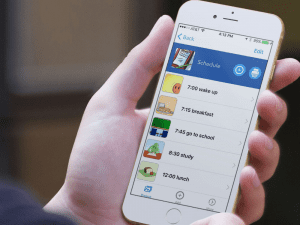 |
The detailed video guide on how to use this app: Voice4u Tutorial #16: How to Use Switch.
2. AccessNow – Application with interactive map that helps to find restaurants, museums and attractions satisfying different criteria for people with special needs. Using this app, people with disabilities could easily find convenient place for a dinner, shopping or temporary accomodation.

![]()
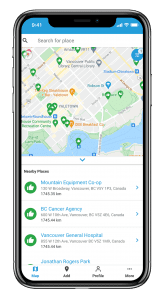 | 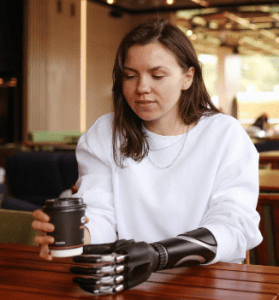 |
Guide on how to use this app: AccessNow x VICE – Mapping Accessibility Around the World.
3. WheelMate – Application for wheelchair users that helps to find available toilets and parking for people with special needs. With the help of WheelMate one could not only use the restrooms, but also rate them based on the comfort and tidiness.

![]()
 | 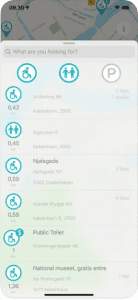 | 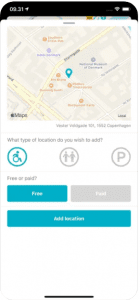 |
The detailed video guide on how to use this app: Learn about WheelMate™ app
4. Subtitle Viewer – Application that enables people with hearing problems to enjoy visiting cinemas and watch movies from their screen. Once installed Subtitle Viewer provides subtitles if one simply points it on a screen. The app is available in 22 languages.
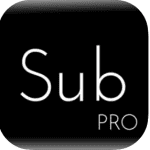
![]()
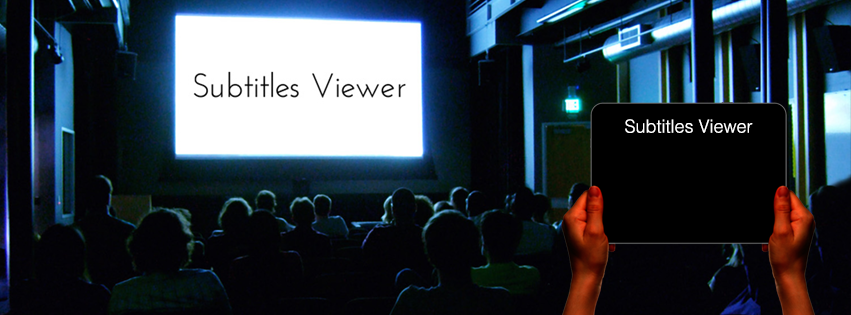 |
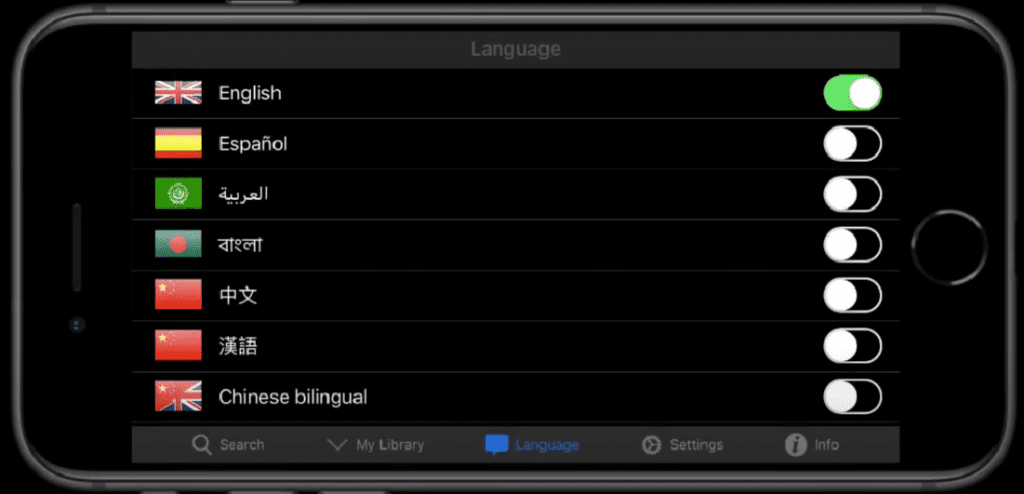 |
The video guide on how to use this app: Subtitles Viewer 3.0 – Download Now!
5. Spoken Tap to Talk AAC – Application for those who prefer to communicate using words rather than pictures. This app is based on methods of prediction. User inputs in a word and the app proposes several options for continuation of the phrase. This app is only available in English, which is quite convenient in the context of travelling to English-speaking countries.
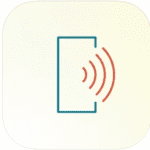
![]()
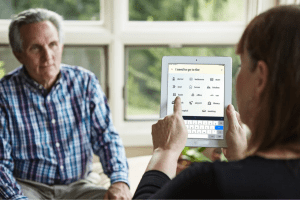 |  |
The video guide on how to use this app: Spoken
6. Be my eyes – Application that connects blind people with someone able to see. Image if blind person needs to find out expiry date of a pack of milk or to read a label on some product. Be my eyes enables for such person to have a video call with a volunteer that would describe the desired object or read a label for them. They would just need to point a camera of their smartphone to the object. The app is available in 180 languages (in 150 countries).

![]()
 |  |
The video guide for this app: Be My Eyes – Bringing Sight to Blind and Low Vision People
7. Spread Signs – Application that makes it easy to learn sign language for communication with deaf-mute people, especially convenient during a trip with such a person. The sign language dictionary already contains around 300,000 symbols and keeps updating. The app would also be useful to learn some local signs common in the country of destination.

![]()
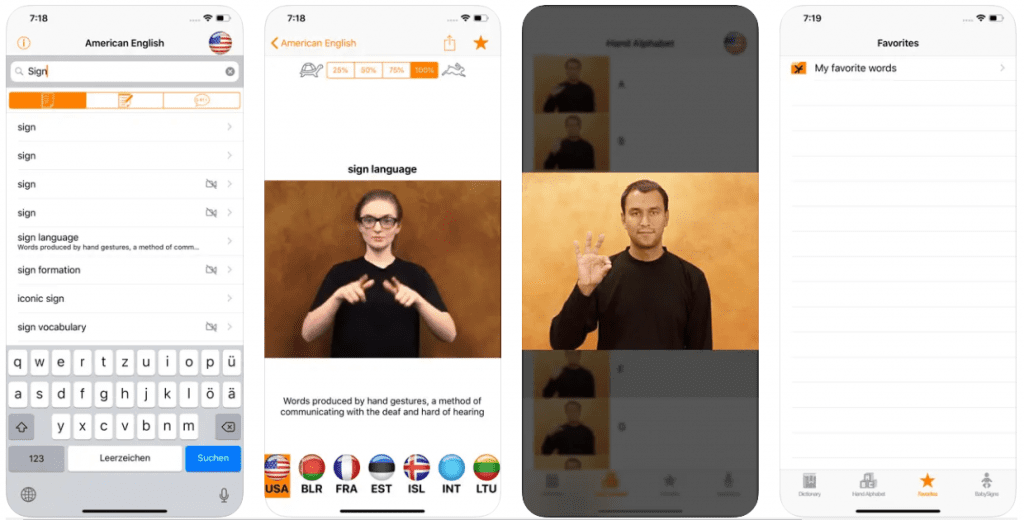
The video guide on how to use this app: Spred The SIGN App | Deaf Sign Language App | Sign language For all Countries by DEAF T.V.
*The link provides the video in sign language
8. RogerVoice – Application that allows deaf or weakly hearing people to talk on the phone. App uses speech recognition technology to convert speech into text. This way people with hearing problems can read what their companion says. The app is available in different languages, including Russian.

![]()
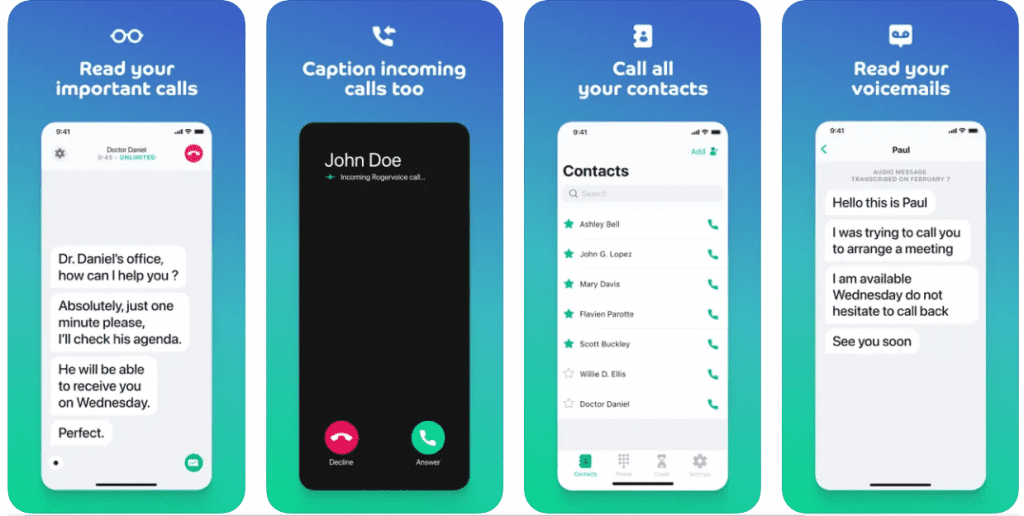
The video guide on how to use this app: LIVE & INSTANT CAPTIONING FOR PHONE CALLS !! Rogervoice – A Tool for the deaf and hard of hearing.
*The analogue of this app is Яндекс.Разговор. Works exactly like RogerVoice.
9. Internet-messenger “Сезам” – Application for children and adults with issues like autism, cerebral palsy, down syndrome, or any temporary problems with writing and speaking. App allows to exchange pictograms that can be combined into messages.

![]()

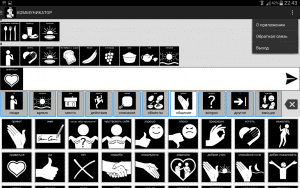 | 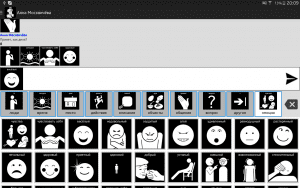 |
*App only available for Android users
10. MYSUGR DIABETES LOGBOOK – Application that helps people with diabetes of the first or the second type to keep track of their diet, sugar level and schedule of taking the medicine. App analyzes the data and gives a feedback. This way people with diabetes can control their well-being and even send reports from the app to their doctor.

![]()
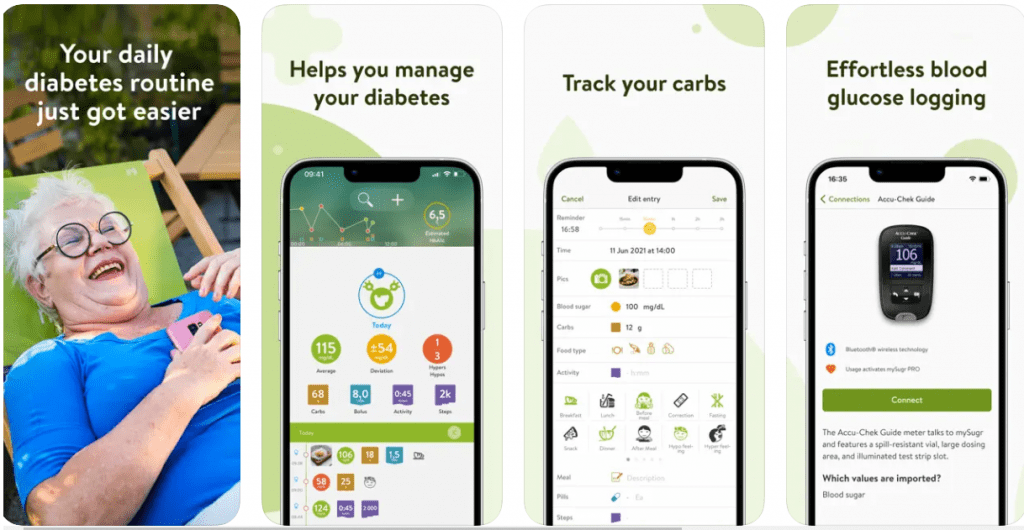
The video guide on how to use this app: A Tour of the mySugr App
Why do we pay so much attention to the mobile applications for travelers with special needs? The reason is simple: during a trip any people use smartphones and tabs much more frequently than a PC or a laptop, and this applies to people with disabilities. Generally speaking, tourism should give people touristic experience and impressions, regardless of their physical state and needs. This is why destinations and touristic organizations should pay close attention to people with special needs and provide everything they need in a convenient way for them.